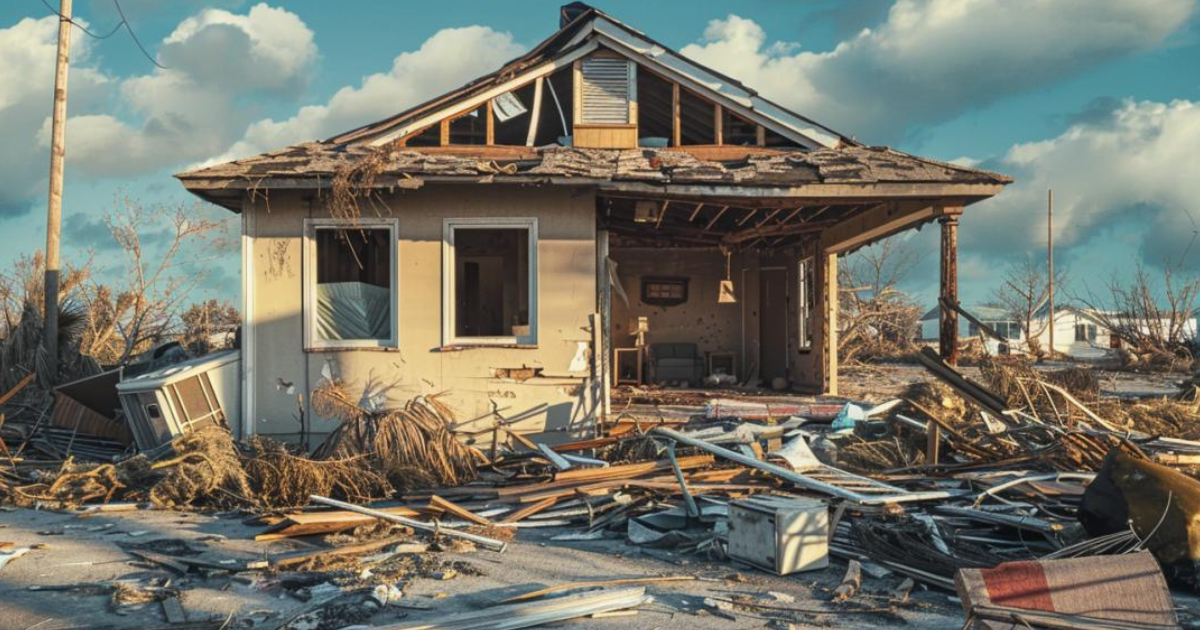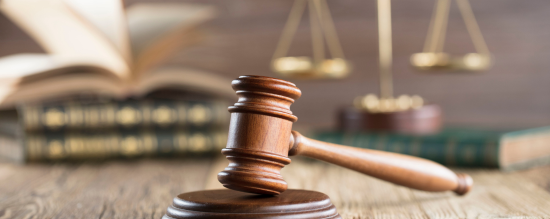How to Protect Your Assets: The Law and Insurance Claims After Natural Disasters
How to Protect Your Assets: The Law and Insurance Claims After Natural Disasters
Natural disasters can wreak havoc and cause massive loss of life and damage to property. However, even if you escape the physical dangers of a natural disaster, it does not mean that your assets are safe. In fact, natural disasters can lead to a host of legal and insurance issues that could end up costing you more money. Therefore, it is crucial to understand the legal and insurance claims processes after a natural disaster to protect your assets. In this blog, we will explore the steps you need to take to safeguard your assets and ensure that you receive adequate compensation in the event of a natural disaster.
1. Understand Your Insurance Coverage
The first step to protecting your assets after a natural disaster is to understand the coverage provided by your insurance policy. Double-check that your policy includes coverage for natural disasters such as earthquakes, flooding, hurricanes, and tornadoes, among others. Ensure that you have sufficient coverage to include all of your assets.
2. Document Your Losses
If a natural disaster strikes, document all of your losses as soon as possible, both visually and in writing. Take pictures or videos of all the damage to your property and make a list of any damaged or destroyed items. You must notify your insurance company of any losses as soon as possible to help streamline the claims process.
3. Gather Evidence
Your insurance company may require some proof of loss or damage to property before accepting an insurance claim. Keep the receipts of all repairs and purchases made after the natural disaster. These receipts will help your insurer to assess the value of any claims you make. In addition, save all emails, letters, and phone messages between yourself and your insurance agency or adjustor.
4. Understand the Legal Implications
If your insurance coverage is insufficient, you may need to initiate legal proceedings. In that case, you will be required to prove that the natural disaster occurred and that the damage was caused by the natural disaster. You will also need to provide evidence that your insurance policy does not fully cover your losses. It is essential to seek legal advice as soon as possible and understand the timelines and procedures required for your case.
5. Take Preventive Measures
Finally, it is always best to take preventive measures to protect yourself from the impact of natural disasters. For example, secure your property with shuttered windows, reinforced doors, and a backup generator. Moreover, make sure that your insurance policies are up to date and that they cover all potential risks.
Natural disasters can cause significant economic losses, and there is no way to predict when and where they will happen. Therefore, to protect your assets, you need to have a plan in place both for seeking compensation through insurance claims and for taking legal action if appropriate. It is best to seek legal advice early in the claims process, keep detailed documentation of any losses, and communicate effectively with your insurer. Remember, the best way to protect your assets is to take preventive measures and have a robust plan in place. Need help with your insurance claim?
Reach out to us today for a free consultation!
Contact Us
By submitting this form you agree to receive text messages.







